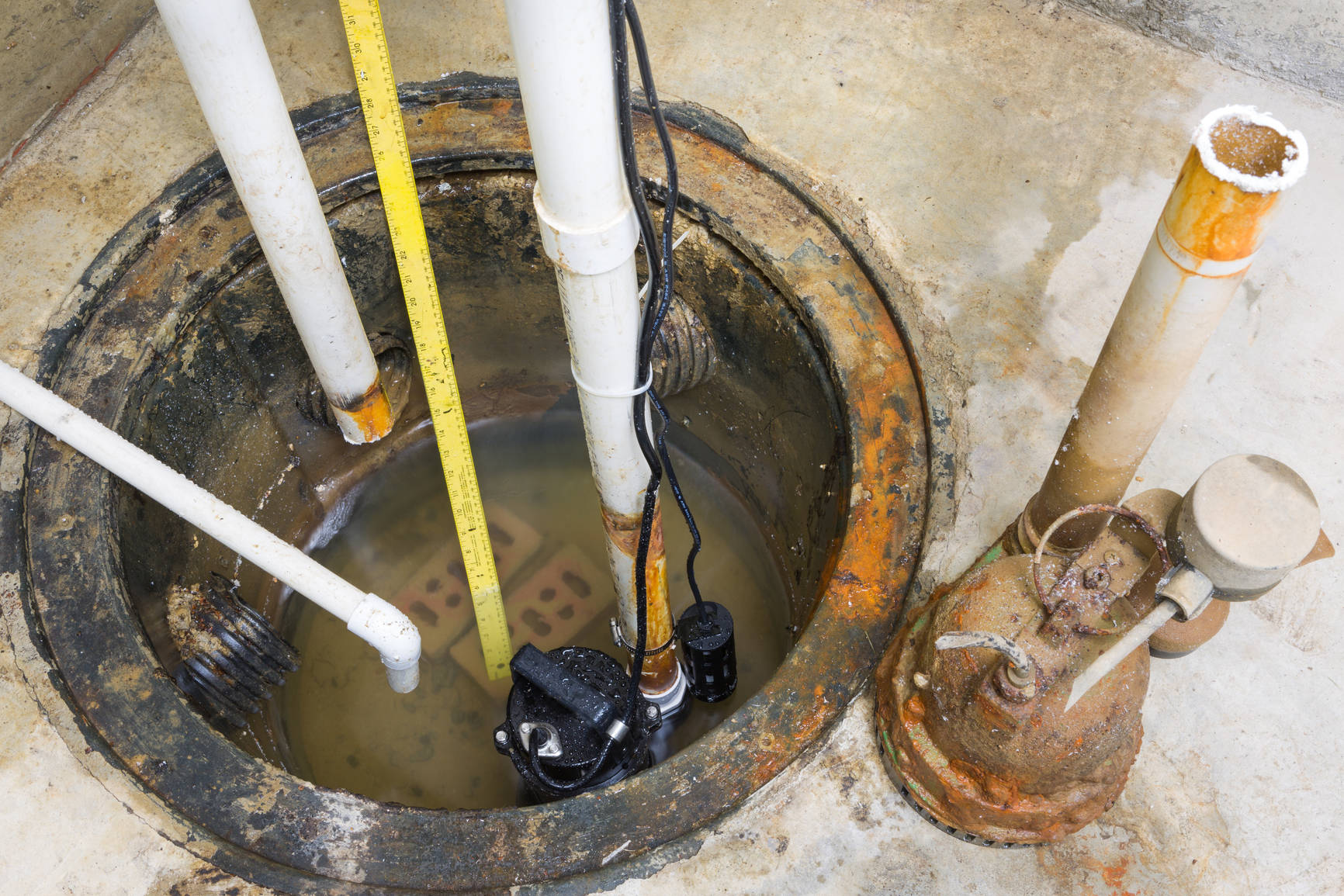A well-functioning sewage system is a cornerstone of any property, ensuring the efficient removal of wastewater. While gravity often aids in this process, certain scenarios demand the assistance of a sewage ejector pump. In this comprehensive guide, we will delve deeper into the significance of sewage ejector pumps, exploring their functionalities, types, installation, maintenance, and addressing frequently asked questions to help you determine if you need one for your property.
Understanding Sewage Ejector Pumps
Sewage ejector pumps play a pivotal role in properties with plumbing systems situated below the main sewer line. These devices are specifically engineered to transport solid waste and wastewater from lower to higher elevations when gravity alone is insufficient.
By understanding their purpose, homeowners can appreciate the crucial role that sewage ejector pumps play in maintaining a functional and efficient plumbing system.
Types of Wastewater Handling
Various situations require specialized handling of wastewater. Sewage ejector pumps become particularly relevant in basements or lower-level plumbing, where gravity drainage is impractical.
Whether it’s dealing with toilet waste or other solid materials commonly found in wastewater, knowing the specific types of wastewater scenarios will guide you in determining the necessity of a sewage ejector pump for your property.
Basement Plumbing Challenges
Basements, due to their lower elevation, often present unique plumbing challenges. Heavy rainfall or rapid melting of snow can result in water accumulation, risking basement flooding.
A sewage ejector pump acts as a safeguard, preventing potential water damage and ensuring the proper disposal of wastewater from lower-level plumbing systems.
Key Components of Sewage Ejector Pumps
To grasp the necessity of sewage ejector pumps, it’s crucial to understand their inner workings. These pumps typically consist of a pump chamber, float switch, impeller, and check valve.
The pump chamber collects wastewater, the float switch triggers the pump to activate, the impeller propels the waste, and the check valve prevents backflow.
Knowing these components elucidates the essential role that sewage ejector pumps play in maintaining a reliable wastewater disposal system.
Signs You Might Need a Sewage Ejector Pump
Recognizing the signs that indicate a need for a sewage ejector pump is vital for proactive maintenance. Signs such as recurring basement flooding, slow drains, or unpleasant odors emanating from lower-level plumbing indicate potential issues that a sewage ejector pump could address.
Identifying these signs early can prevent extensive damage and streamline the decision-making process.
Installation and Maintenance Considerations
The installation of a sewage ejector pump requires careful planning and adherence to local building codes. While some experienced individuals may attempt self-installation, it is generally advisable to enlist the services of a professional plumber.
Regular maintenance, including inspecting the pump, cleaning the impeller, and checking the float switch, ensures the longevity and efficiency of the sewage ejector pump.
Cost and Budgeting
Understanding the costs associated with sewage ejector pumps is crucial for homeowners considering this investment. Costs include the purchase of the pump, installation expenses, and ongoing maintenance.
While the initial investment might seem substantial, it’s essential to weigh it against the potential costs of water damage and plumbing repairs resulting from not having a sewage ejector pump in place.
Environmental Impact
Modern sewage ejector pumps often come equipped with features that prioritize environmental sustainability. Variable speed motors, energy-efficient operation, and automatic shut-off mechanisms contribute to reducing energy consumption and minimizing the overall environmental impact.
Considering these factors can align with a homeowner’s commitment to responsible and eco-friendly living.
FAQs
Q1:Do I need a sewage ejector pump if I don’t have a basement?
While a basement is a common scenario, other situations, such as bathrooms situated below the main sewer line, might also necessitate a sewage ejector pump.
Q2:Can I install a sewage ejector pump myself?
While technically possible, it is recommended to hire a professional plumber to ensure proper installation, compliance with local regulations, and optimal functionality.
Q3: How long do sewage ejector pumps last?
With proper maintenance, sewage ejector pumps can last between 7 to 10 years, but regular inspections and timely replacements may be necessary.
Q4: What is the difference between a sewage ejector pump and a sump pump?
Sump pumps primarily handle water accumulation in a pit to prevent flooding, whereas sewage ejector pumps specifically manage solid waste and wastewater.
Q5: Are sewage ejector pumps noisy?
While modern sewage ejector pumps are designed for quiet operation, noise levels can vary based on pump quality and installation.
Q6: Can a sewage ejector pump handle toilet waste?
Yes, sewage ejector pumps are designed to efficiently handle toilet waste and other solid materials commonly present in wastewater.
Q7: Are sewage ejector pumps energy-efficient?
Many sewage ejector pumps come with energy-efficient features, contributing to overall energy conservation and reduced environmental impact.
Conclusion
In conclusion, the decision to install a sewage ejector pump hinges on various factors, including property layout, plumbing challenges, and environmental considerations. Armed with a comprehensive understanding of sewage ejector pumps, their functionalities, installation, and maintenance requirements, homeowners can make informed decisions to ensure an efficient and reliable wastewater management system. Whether you’re facing basement plumbing issues or planning property renovations, a sewage ejector pump can be a valuable addition to safeguard against potential water damage and enhance the overall functionality of your plumbing system.

A group of home improvement enthusiasts and bathroom design experts, combines in-depth knowledge and a shared passion to deliver engaging, informative content that guides readers through the world of bathroom innovation and style.

Leave a Reply